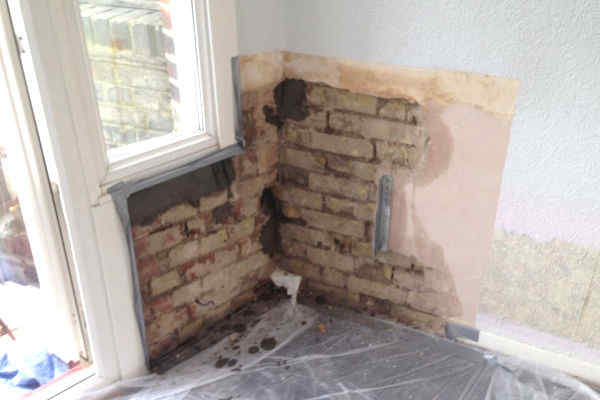UK Homeowners – Tell-Tale Signs That You Need to Call in a Damp Specialist
|
If you are a UK property owner, you already know how important building maintenance is, and damp is a very real threat. The best way to invite moisture into your home is to do nothing, and with that in mind, here are a few tell-tale signs that you need to call in London Damp Specialists.
- Condensation – One of the biggest enemies of UK property owners, condensation forms on surfaces when the air is moist, typically on the inner window panes, where warmth meets cold air. If the only place condensation forms is on the window glass, that doesn’t mean you have damp issues; replacing the windows with double-glazed units will remove condensation completely. If, however, condensation forms on walls or timber frames, this means the air is humid and remedial work is needed.
- Crumbling masonry/mortar – If damp is present in exterior walls, you might notice crumbling mortar or brickwork; this can be caused by moisture rising up from the ground, which means the damp proof course is compromised. Another likely cause is blocked guttering, which sends excess rainwater running down the exterior walls.
- Damp patches on interior walls and ceilings – Check every room and if you notice tide marks or damp patches on plaster, moisture is getting into your home. Of course, if there are damp patches, you need to identify the source of the moisture, which is where we at London Damp Specialists come in.
- Musky odour – If you notice a musky smell in the house, it is likely that mould is present and that needs to be investigated. Good ventilation can dry out the air and heating the whole house is another way to reduce the risk of mould and mildew. If left unaddressed, mould can cause respiratory issues, especially black mould, so don’t take any chances with mould growth.
- Moss growth on exterior walls – If you see moss growth on exterior walls, this is a sure sign that moisture is present, especially near ground level. Walk around the house perimeter checking the masonry/brickwork/mortar; moss can be scraped away and a screwdriver can be used to test whether the material crumbles.
- Roof inspections – It is wise to have the roof inspected every 4-6 months; your local roofing contractor can do this and will issue you with a written report on the status of the roof. A few missing roof tiles can cause serious damp issues after a bout of heavy rain, so be vigilant and keep your eyes open.
- Peeling wallpaper – Damp compromises wallpaper adhesive and if you notice the corners of wallpaper coming away from the walls, you need to call London Damp Specialists on 020 7458 4864 and arrange for a survey to be carried out. The surveyor will identify the origins of the moisture and recommend a damp proofing solution that will last for many years.
As far as damp and mould are concerned, you can’t afford to take chances; call London’s leading damp proofing specialist and let the experts inspect your home.
